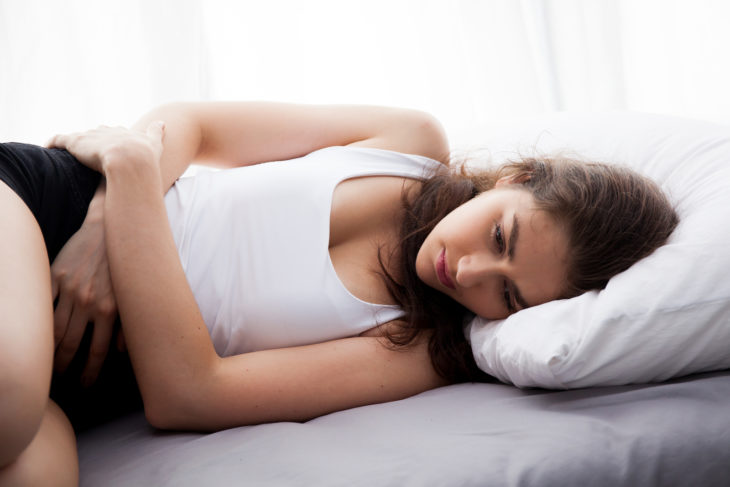by Melody Worsham
Everybody gets the blues now and then. Work, family, finances, politics — it all becomes overwhelming at times and puts us in an emotional state that keeps us from functioning at our optimal level. Eventually, we get through those blue days and continue to work toward our dreams and goals. But what if we don’t? What if everything we try seems to make us feel worse, or even hopeless?
Depression is something beyond just a case of the blues and it affects about 5 percent of all Americans. Women are twice as likely to experience depression as men. The rates are even higher for women over the age of 40, and Mississippi has one of the highest rates in the nation. Chances are, you either live or work with a woman who experiences depression. Many do not seek help. They suffer in silence or believe it will go away on its own.
As much as we care for our physical health, it is equally important to recognize the signs that our mental health needs attention. There is hope! Depression is very treatable and manageable. So, how do we get started? Quite simply, the first step is knowing the signs of depression. According to the National Institute of Mental Health, the most common signs of depression in women include:
- Persistent feelings of sadness or hopelessness
- A lack of energy or enthusiasm
- Difficulty having fun or experiencing pleasure
- Restlessness or irritability
- Little irritations in life seem to consume your thoughts
- Difficulty concentrating or focusing on tasks
- Body aches and digestive problems
- Thoughts of suicide, attempts, or wishing you were dead or “gone”
Depression in women is caused by a number of factors including heredity, hormones, or social factors. It can also be a response to past traumatic experiences, even if you do not think about them much anymore. It is one of the least treated mental health conditions, but there are some simple and effective things you can do to help yourself manage the symptoms of depression, even for those who choose not to seek care from a mental health professional:
WHILE YOU ARE FEELING WELL, TAKE A LITTLE TIME TO WRITE DOWN SOME “WELLNESS TOOLS”
According to the evidence-based program, Wellness Recovery Action Planning, write down things you enjoy that are simple and safe that make you feel good when you do them. Examples of Wellness Tools others have used include taking a bubble bath, going for a walk, listening to music, eating an ice cream cone, organizing, and watching funny videos. Once your list is made, keep it in a prominent place and do one or two of the activities on your list when you need a little pick-me-up. They are not intended to solve any problems, but they keep you well enough to get through a tough time.
TALK TO SOMEBODY ABOUT YOUR FEELINGS
A nonjudgmental friend or family member, a counselor, a minister, a support group — whoever is most comfortable. Talking about your feelings can help you keep them in perspective and even help you to identify the core cause of those feelings so they can be managed. Avoid talking to people who are impatient with you or tell you to “snap out of it” or “cheer up.” Living with depression is not a choice, and you will not benefit from someone making you feel guilty about it.
EDUCATE YOURSELF
Learn everything you can about depression. The more you understand, the more you will learn how to manage the symptoms and live the life you desire. Learn about natural, medical, and psychiatric ways to manage symptoms so you can make the recovery plan that’s right for you.
DON’T BE SO HARD ON YOURSELF
Life is challenging! Every day has its ups and downs.
Take the time you need to heal and recover when you are going through a period of depression. Some of the greatest achievers in the world live with depression. Your mental condition does not define you.
Melody Worsham is a certified peer support specialist and Mental Health Wellness educator with the Opal Smith Center in Gulfport.


